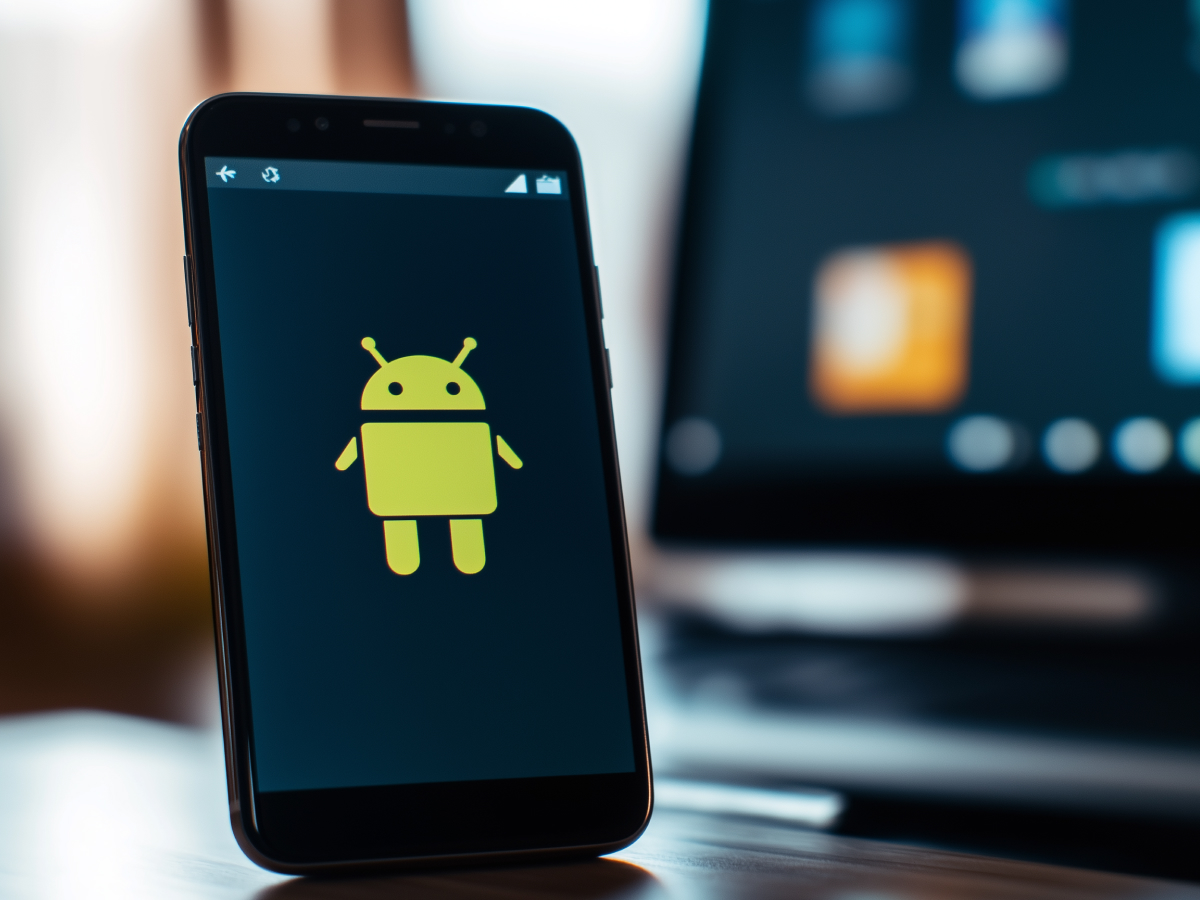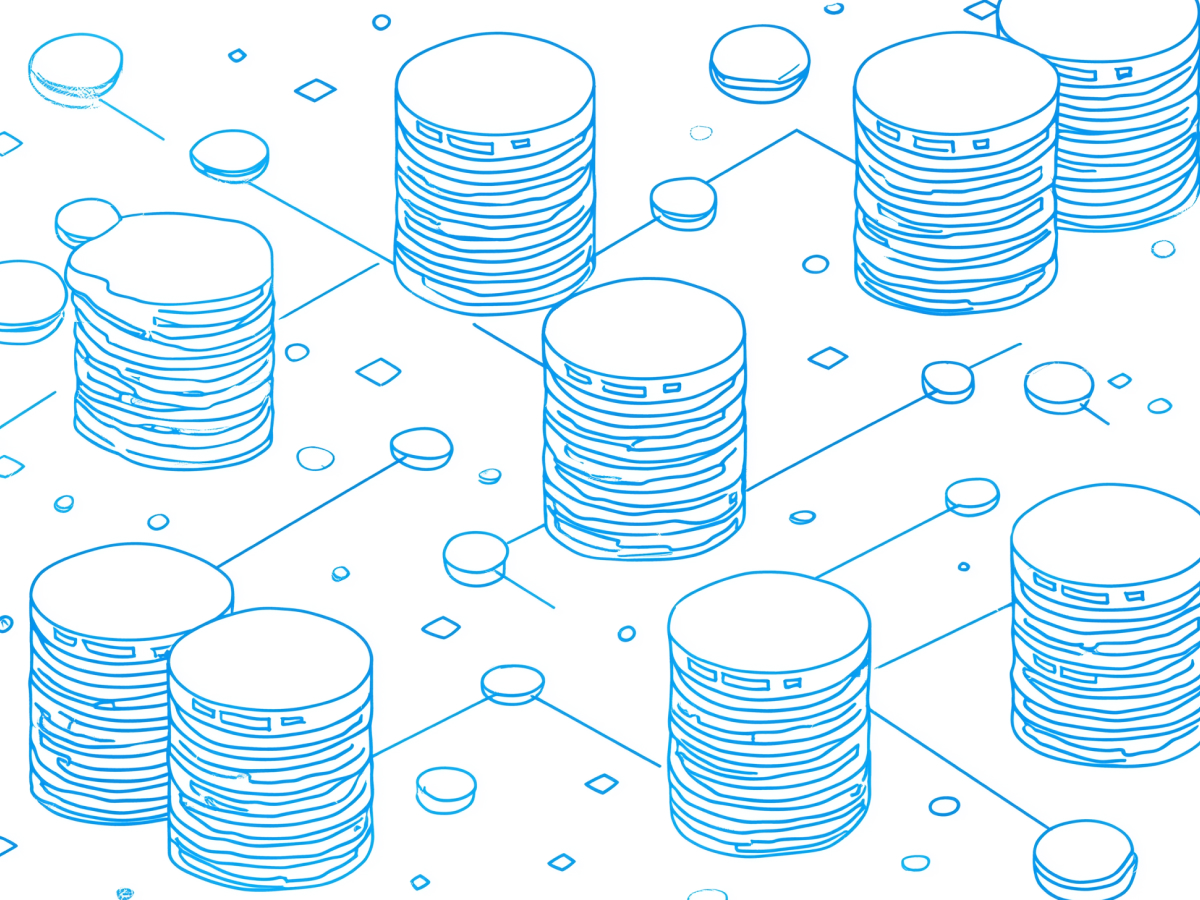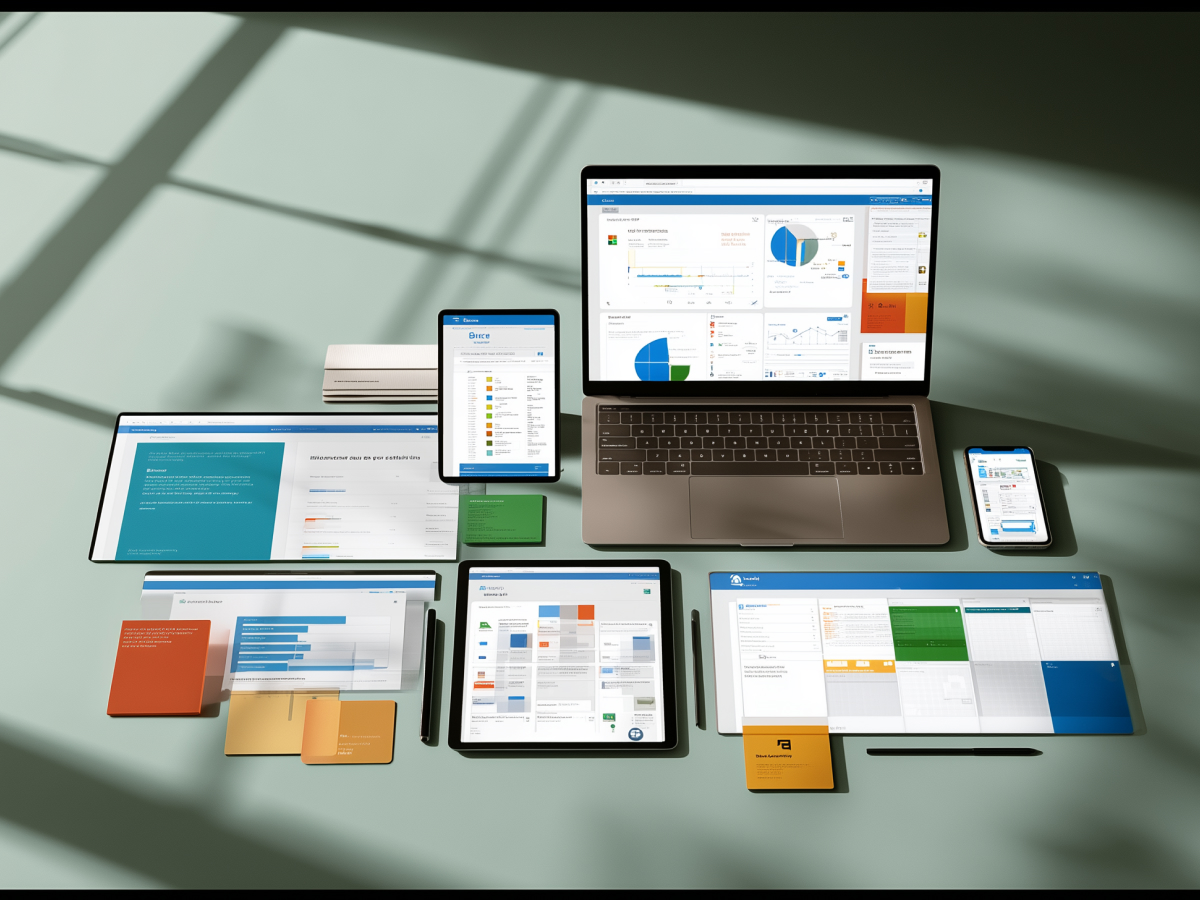1. Assessing performance is the foundation of optimization
Your app’s performance is the single biggest factor in user retention. If it lags, drains battery, or crashes, people won’t hesitate to uninstall. Optimizing doesn’t mean making it “faster”, it means delivering a seamless experience that users trust.
To do this, you need data. The right metrics tell you exactly where your app is underperforming. Look at startup time(how long until a user can actually interact), memory usage (is it bloated and consuming too much RAM?), CPU load (is it overworking the device?), and network requests (are they slow or excessive?). These four factors define how well your app runs in real-world conditions.
Tools like Android Studio Profiler and Firebase Performance Monitoring let you see these issues in real time. You can pinpoint what’s slowing things down—maybe it’s an inefficient database query, maybe it’s unnecessary background tasks. The goal here is simple: eliminate bottlenecks before they frustrate your users.
Smart businesses don’t guess. Instead, they measure, optimize, and iterate. And that’s how you build an app that people keep after downloading.
2. “Less now, more later” speeds things up
When your app starts, it’s tempting to load everything right away—adapters, views, background processes. But here’s the truth: most of it isn’t needed immediately. Loading too much too soon just burns resources and slows the user experience.
A better approach? Lazy initialization. This means loading components only when they’re actually needed. If a screen doesn’t require a RecyclerView adapter until the user scrolls down, don’t load it at startup. If a background process won’t be used until a later interaction, delay it. Simple principle: if it’s not immediately visible or necessary, defer it.
This reduces memory usage and CPU load, which directly improves startup speed and responsiveness. Less processing at launch means your app feels snappier, and that’s what users care about.
“The impact here is real. Companies that implement lazy loading see reduced cold start times and lower crash rates—because the system isn’t overwhelmed with tasks it doesn’t need to run yet.”
3. Asynchronous operations keep the UI smooth and responsive
If your app freezes while loading data, users will assume it’s broken. Simple as that. The cause? Blocking the main thread—the part of the app responsible for handling user interactions.
Every time your app pulls data from an API, accesses a database, or loads an image, it has two choices:
- Run it on the main thread and risk freezing the app.
- Run it asynchronously so everything stays smooth.
Option 2 is the right answer. Asynchronous programming ensures that heavy tasks run in the background, keeping the UI responsive. Kotlin coroutines make this process clean and efficient. Instead of clogging up the main thread with network requests, coroutines let the app fetch data without affecting performance.
For image loading, top companies use libraries like Coil and Glide because they optimize image retrieval without locking up the UI. This is mainly about user experience. A fast app that freezes is still a failure.
The key takeaway? Users don’t care how complex your app’s backend is. They care about smoothness. Keep the UI fluid, and they’ll stay engaged.
4. Optimize app startup to make a good first impression
The first few seconds of launching an app determine whether a user stays or leaves. A slow startup makes them think something’s wrong. A fast one feels effortless.
At launch, apps initialize dependency injection frameworks, background services, and third-party libraries—but not everything has to load immediately. The Jetpack Startup Runtime library lets developers prioritize what gets initialized first. This way, only critical processes run at startup, while secondary ones wait until they’re needed.
Smart startup optimization trims load times, battery consumption, and unnecessary processing. The result? A smoother experience from the first interaction. And in a competitive market, those first few seconds make all the difference.
5. Reduce nested views for a faster UI
App performance is heavily influenced by design. One of the biggest silent killers of speed is deeply nested views in XML layouts. Every extra layer forces the system to do more calculations, slowing down rendering.
Think of it like a road with too many intersections. The more turns and stops, the longer it takes to reach the destination. That’s exactly what happens when you stack LinearLayouts inside RelativeLayouts inside FrameLayouts—the system has to constantly recalculate the positioning of every single element.
The fix? Flatten your layouts. Use ConstraintLayout instead of layering multiple views. It lets you position elements efficiently without unnecessary nesting. The difference is measurable: fewer recalculations, faster UI rendering, and better battery efficiency.
“When an app feels slow, it’s often not the backend—it’s inefficient UI rendering. Simplify your layouts, and you’ll see the performance boost instantly.”
6. State management in Jetpack Compose
Jetpack Compose is a game-changer for Android development, but if you mismanage state, your app will re-render more often than it should, draining performance.
Every UI update triggers a process called recomposition—which means the UI redraws itself based on new data. If your state management is messy, the app will refresh components unnecessarily, creating lag.
Best practices to keep things efficient:
- Single source of truth – Keep all state changes in one place to avoid conflicting updates.
- Immutable data – Instead of changing individual values, update the entire state object in one go.
- Stable models – Use data structures that don’t change their references unnecessarily to prevent extra recompositions.
The goal is to make sure only the elements that actually need updating get refreshed. This keeps Compose apps fluid and responsive. Good state management makes development easier and directly affects how smooth your app feels to users.
7. Use baseline profiles
Speed matters. A slow app launch kills engagement before it even begins. But here’s something most developers overlook: Baseline Profiles.
Android has a tool called Macrobenchmarking, which allows you to define Baseline Profiles—these profiles tell the system which parts of your app should be optimized for faster execution. The result? 30% faster startup times after installation or updates, because the system pre-compiles performance-critical code.
Through preloading key functions, Android loads your app much faster without any extra work from the user. Companies that implement Baseline Profiles see a measurable drop in cold start times. And in a world where milliseconds make the difference between user retention and churn, this is a no-brainer.
8. Reduce app size to wins more users
Smaller apps get more downloads. That’s a fact. Every extra MB increases friction—users are more likely to abandon an install if it takes too long or eats up too much storage.
Here’s how you make your app lean:
- Optimize images – Convert PNGs and JPGs to SVGs where possible, and compress them without losing quality.
- Use Android App Bundles – This makes sure Google Play delivers only the necessary files for a user’s specific device, reducing unnecessary downloads.
- Eliminate unused code – Apply ProGuard or R8 to shrink your codebase and remove unused resources.
- Follow DRY (Don’t Repeat Yourself) principles – Avoid redundant code that bloats the app for no reason.
A smaller app means faster installs, lower data consumption, and better performance overall. It’s a simple but high-impact optimization that directly affects user adoption and satisfaction.
Key executive takeaways
- Performance diagnostics: Regularly assess key metrics—startup time, memory, CPU, and network requests—using tools like Android Studio and Firebase Performance Monitoring. Leaders should prioritize systematic diagnostics to quickly identify and address performance bottlenecks before they affect user retention.
- Efficient resource management: Implement lazy initialization and asynchronous programming to load components only when needed, preventing unnecessary strain on the device. Decision-makers should champion these practices to maintain a responsive, smooth user experience and reduce crash rates.
- Streamlined UI design: Simplify layouts by reducing nested views and embracing efficient alternatives like ConstraintLayout to accelerate UI rendering. Executives should push for design strategies that enhance performance and lower operational overhead by minimizing layout complexity.
- Optimized startup and app size: Utilize Jetpack Startup Runtime and Baseline Profiles to trim app startup times—potentially improving them by up to 30%—and reduce overall app size with techniques like app bundles and code shrinking. Leaders should focus on these optimizations to improve initial user engagement and boost long-term adoption.




